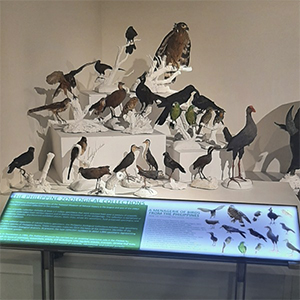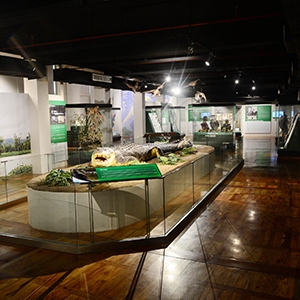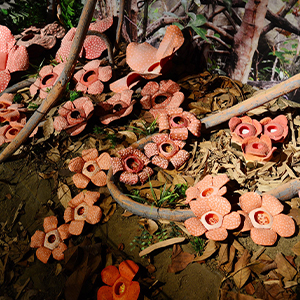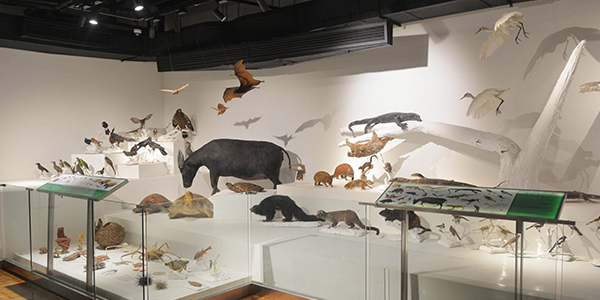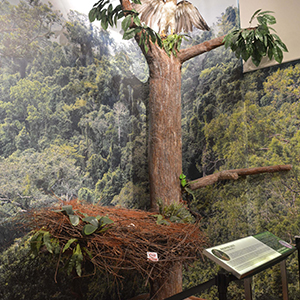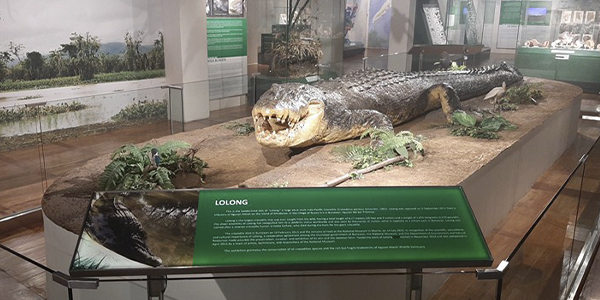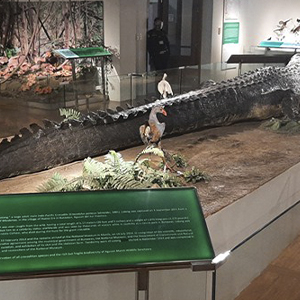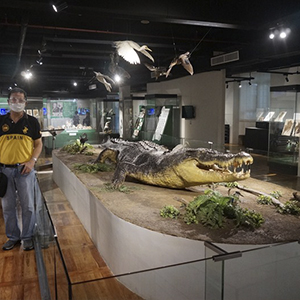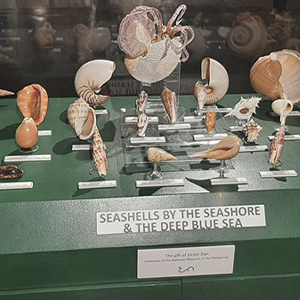| ‹ | Philippine Biodiversity |
› |
|---|
The National Museum of Natural History of the National Museum of the Philippines welcomes visitors to its Introductory Gallery, which highlights the incredible diversity of flora and fauna in the country. The museum's design is thematically organized to showcase the dynamic systems of the country's natural heritage, from its highest mountains to its deepest seas. The gallery introduces visitors to the various dynamics that have shaped, and continue to shape, the country's biological diversity.
The building that houses the museum was formerly the Department of Tourism building, which was retrofitted in 2014 by virtue of a presidential proclamation. Designed by renowned American architect Daniel Burnham during the American occupancy, the building complex is composed of the National Museum of Anthropology, the National Museum of Fine Arts, and the National Museum of Natural History.
The researchers from the NMNH have conceptualized the gallery to convey three biological principles that explain why and how the Philippines is a Megadiverse yet also a Biologically Hotspot country. A Megadiverse country is a nation with a very rich biodiversity per unit area, while a biological hotspot is a term used to indicate that a country or locality is under tremendous threat from human activities. These three principles answer the questions of why the Philippines is home to an immense diversity in number and variety of organisms yet is also the country that faces the most significant threat to them. They also explain how the country has elevated genetic variety across its species diversity and how geologic forces have played a significant role in the diversity of its fauna and flora.
